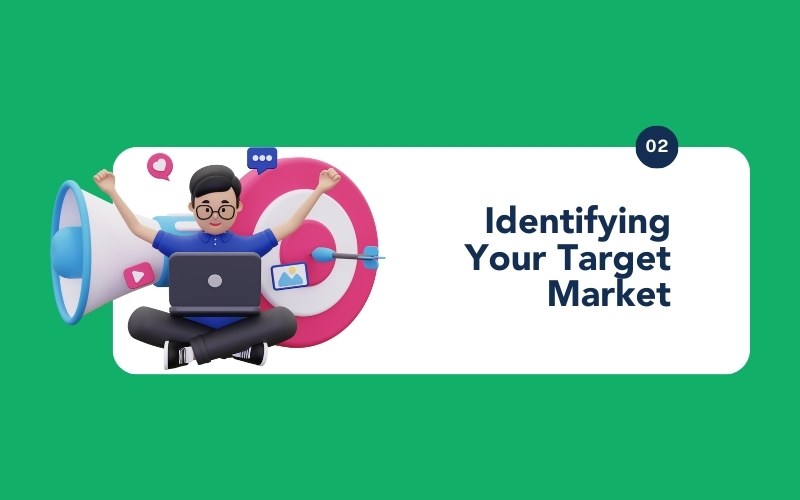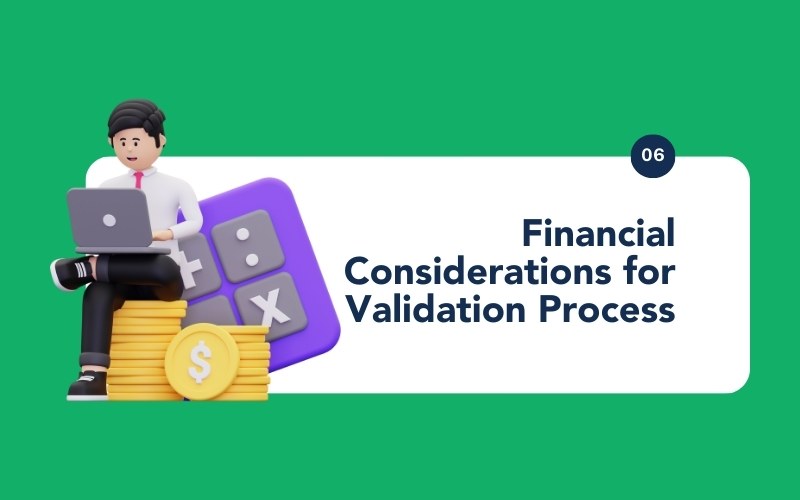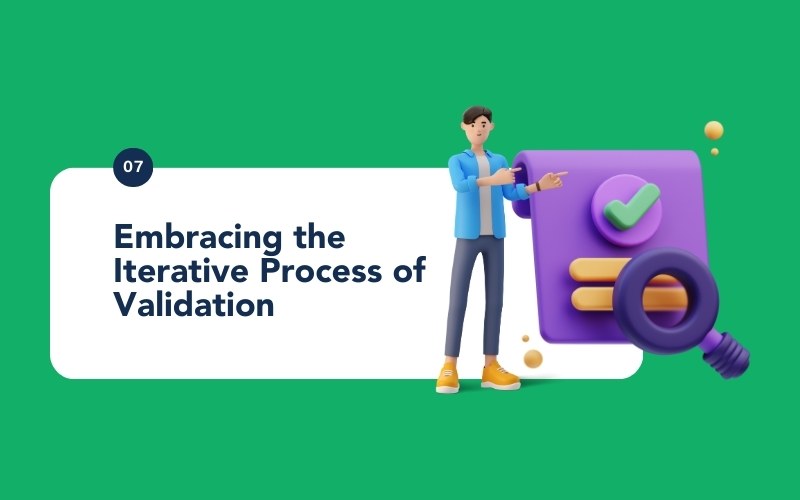Testing the Waters: A Strategic Approach to Business Idea Validation
Explained with Info-graphic and a real world business example
Starting your own business seems incredibly exciting. You have a great idea that you’re sure will succeed! But hold on just a minute. As huge entrepreneurs like Jeff Bezos, Mark Zuckerberg and Elon Musk will tell you, it’s not that simple. Before launching head first, you need to properly validate your idea. Trust me, it will save you a ton of heartache down the road. Let me explain with a real-life example of a food truck business why validating is so important and how to go about it the right way.
Importance of Validating Your Business Idea
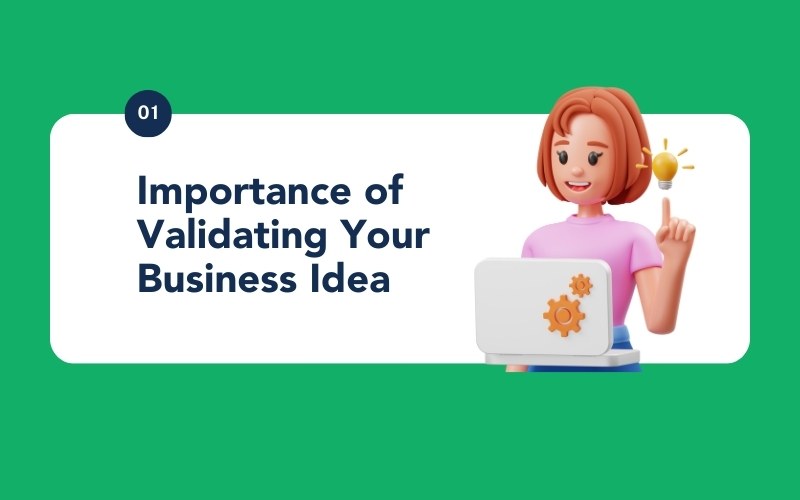
When you have a new business idea, it’s easy to get carried away in envisioning success. But the hard truth is over 80% of startups fail within the first 18 months. Why? Because many founders rush to launch without properly testing market interest or viability first. By validating your concept, you can determine if people actually want or need your product/service before investing heavily. It gives you a chance to refine and improve your offering to better meet a real problem. So don’t skip validation – it’s a must for any business serious about succeeding.
When starting a food truck, it’s easy to get excited imagining sold out service every day. However, most food businesses fail within the first year. Why? Many rush to launch without properly testing customer interest first. By validating your concept, you can ensure there is real demand for the cuisine and customer experience you plan to offer.
Identifying Your Target Market![]()
To validate properly, you need to define your target customer. Who are they specifically in terms of demographics, pain points, budget? Where do they spend time online and off? Don’t try appealing to everyone. Get laser focused on a niche you understand inside and out. Research competitors thoroughly to find white space for your unique value proposition too. Knowing your ideal buyer inside and out is key to crafting a validation strategy that resonates.
For a food truck, decide who your ideal customers are – families at parks on weekends? Or office workers at lunch? Research local demographics to select a niche with sufficient potential customers. Laser focus on their needs rather than trying to please everyone.
Conducting Market Research and Analysis![]()
Begin market validation with in-depth research. Analyze trends, gather industry data, identifySimilar successes and failures. Interview customers about their needs anonymously via online surveys. Offer a small incentive to boost response rates. Ask open ended questions to gain qualitative feedback. Quantitative questions help measure interest levels. Consider third party tools like SurveyMonkey or Typeform for ease. Research saves you from common startup mistakes and ensures demand exists.
Survey area residents online about their lunch habits and what type of fast-casual food they seek. Ask what pricing they find reasonable. Finding out now there is demand for your concept saves time versus failing after costly launch.
Testing Product/Service with a Prototype![]()
Talk is cheap. To truly validate interest and refine your offering, you need people to experience it. Create a prototype demonstrating core features and benefits simply. Focus on functionality over polish. Use services like Webflow, Adobe XD or Invision to build interactive demo versions. Get prototype in hands of target users via user test sessions to observe experience directly. Ask focused questions at end to measure understanding and perceptions accurately. Their feedback will highlight problems to fix before development begins in earnest.
Sample menus and the overall truck design can demonstrate your planned customer experience. Get feedback on items, pricing and business hours. Refine based on comments to better meet needs.
Seeking Feedback and Adjustments![]()
Once market research and prototype testing are complete, analyze all findings thoroughly. Look for patterns and themes in feedback received from customers. Be willing to identify weaknesses and make adjustments as needed. Refine your value proposition, target, features, pricing or other model elements based on insights gained. Iterate your prototype as many times as required until customers overwhelmingly understand and want your solution. Persistent validation is key to de-risking your big launch.
After initial menu testing, many said kids’ options were lacking. Adding a kids meal with toys improved understanding and increased interest.
Financial Considerations for Validation Process![]()
While validation requires effort, costs involved should be minimal. Use free or low priced DIY tools as much as possible. Focus groups and surveys shouldn’t cost thousands of dollars. Your prototype can be quite basic too. Testing need not be perfect – just good enough to gauge interest accurately. View it as an investment in understanding market fit before putting serious funding behind the business. Proper validation saves much more money than it costs by preventing wasted efforts on non-viable ideas long term.
Low-cost online surveys, basic mockups validate food truck viability without large investments upfront. Customer feedback de-risks major expenses on an idea with little demand.
Embracing the Iterative Process of Validation![]()
Launching a startup is an exciting journey. But moving too soon without validating your idea sets you up for disaster. The validation process takes perseverance to refine your concept until real customer problems are solved. It may require more iterations than expected. That’s ok – each test brings valuable insights toward de-risking your venture. Stay focused on learning, not being “right”. With dedication to validate well, your chances of long term business success increase dramatically. So take a deep breath and embrace this important step before chasing the big launch dream. Your future customers will thank you for it!
Even after survey and prototype adjustments, further iterations informed selecting the right target neighborhood. Sticking with validation ensured real market fit before large commitments. With dedication to learning from customers, success chances multiply.
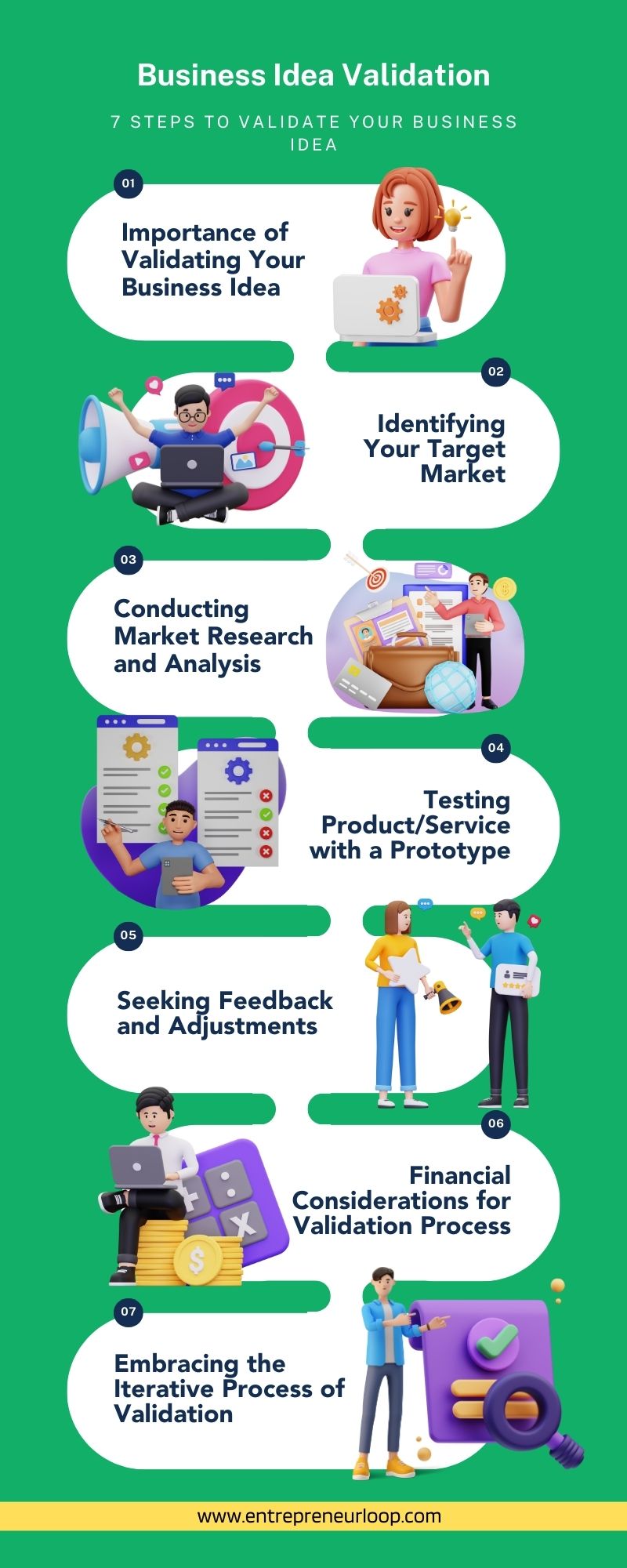
Validating your business idea is not a flashy or exciting process, but it is perhaps the most important one. Taking the time upfront to properly define your target customer, research market opportunities and needs, test initial prototypes, and refine based on feedback will save you countless headaches and resources down the road. While launching seems glamorous, validation protects your vision and ensures long term viability. Done right, it de-risks your venture and dramatically increases chances of success. So when that big idea hits, take a deep breath and remember – perfection is the enemy of progress. Get your minimum viable product out there, start learning, and iteratively grow your business into what customers truly need through persistence with validation. Your future customers, partners and investors will thank you for taking this important step to sustainably bring your dream to life.


